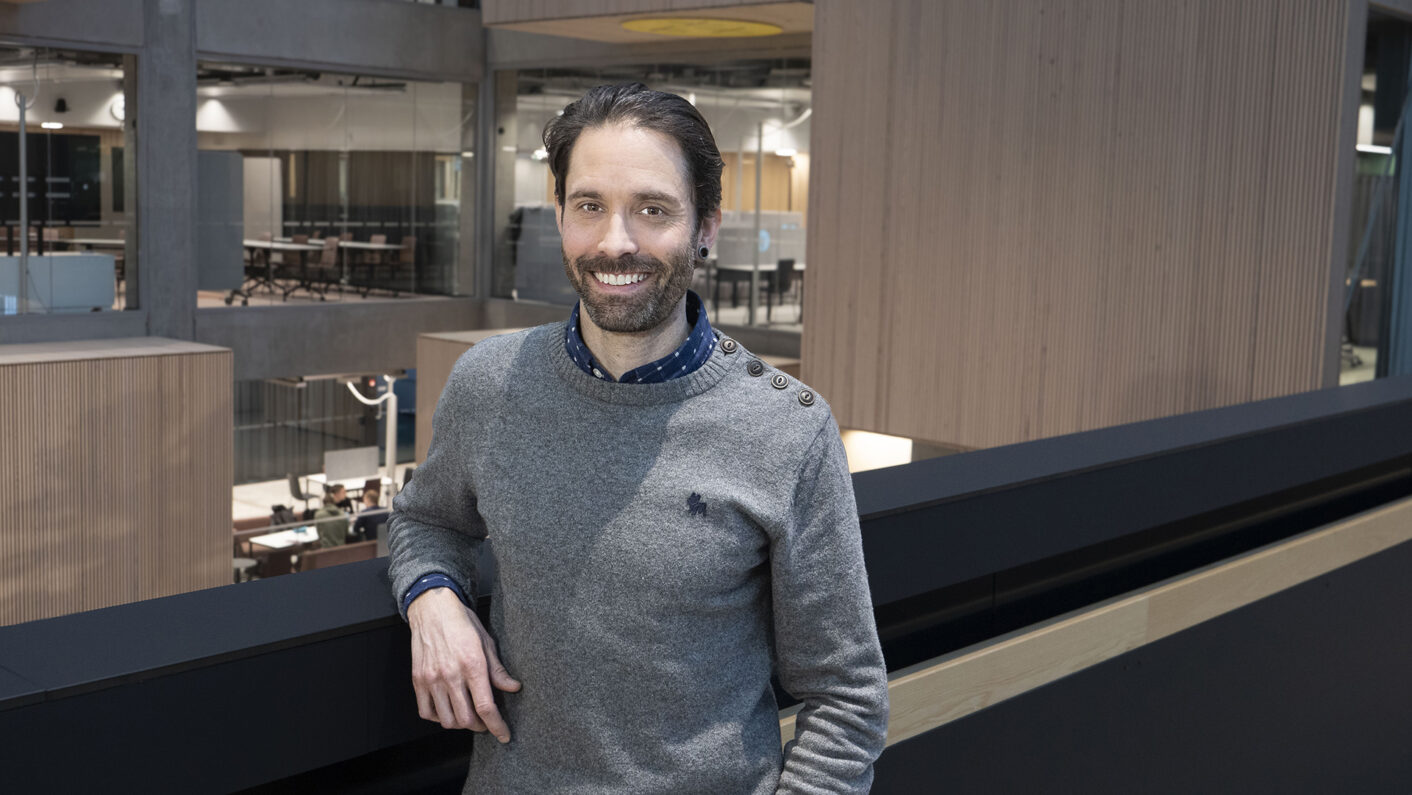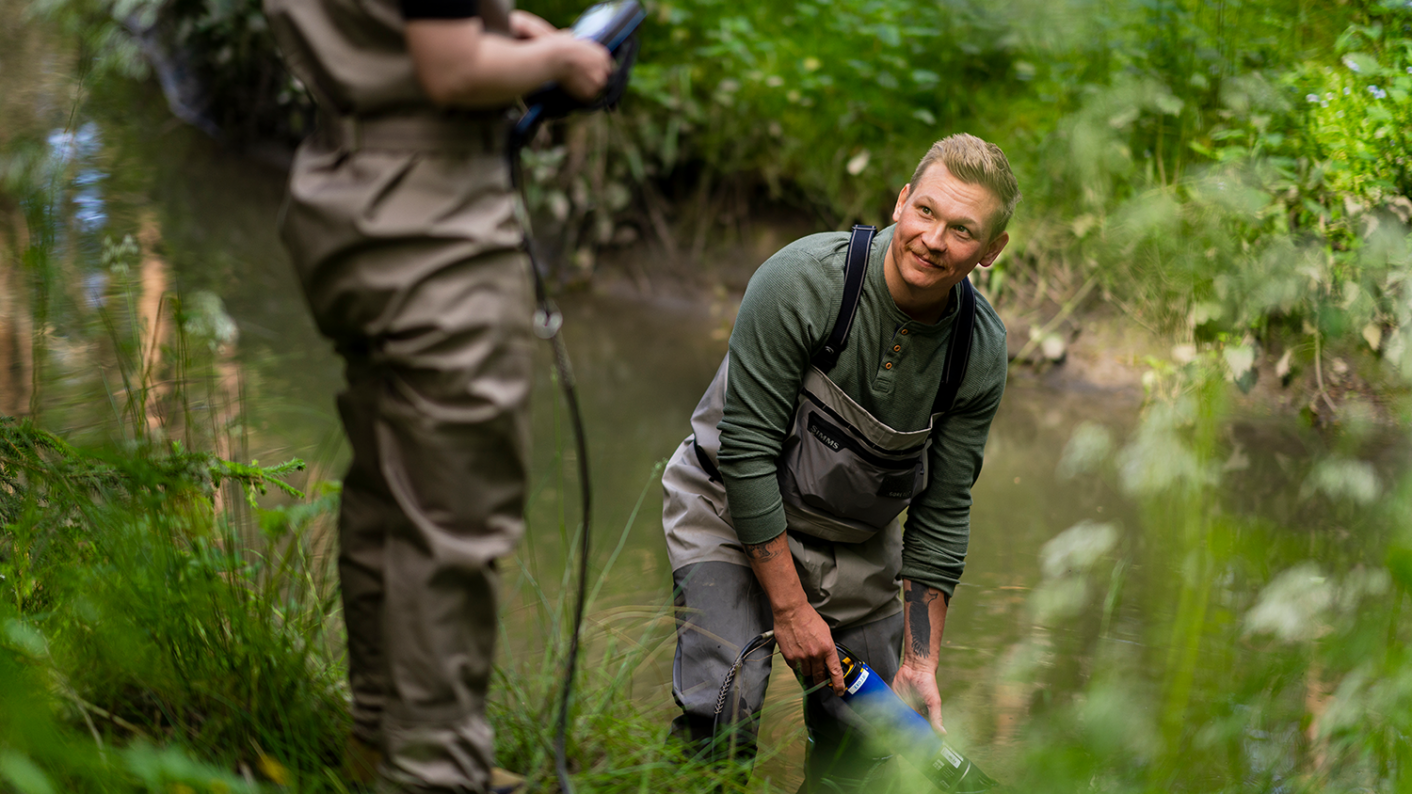Research group
Water and Environmental Protection
We develop scientifically based practical solutions for water and environmental protection, climate adaptation and conservation of biodiversity.

We carry out applied research and development projects in collaboration with authorities, companies, and research institutes mainly from European countries. To achieve our goals, we draw on multidisciplinary expertise and work on multiple levels, from practical fieldwork to the policy level.
Our core expertise
- Adaptation to climate change
- Environmental monitoring and modeling
- Research, design and implementation of water restoration
- Research and reduction of harmful substances
- Sustainable public procurement
- Sustainable management and regulation of stormwater and wastewater
- Development and implementation of water and environmental education for different target groups.

We produce high-quality, applied research data on the state of the Baltic Sea serving decision making.
Emil Nyman, Research Group Leader
Real-time environmental monitoring
We are developing a real-time environmental observation network for the Archipelago Sea and its catchment area to produce reliable and up-to-date information on changes in the environment. The measurements support hydrological modelling and research in coastal and inland waters.


Research and development services
Our Research Group offers a variety of different research and development services. We have access to a wide range of research equipment enabling the investigations of water environments, which are also available for rental.
For students
The Water and Environmental Protection research group offers Turku UAS’ energy and environmental engineering students study modules and courses related to, for example, water technology, water processes, water protection, waste management and, more broadly, circular economy. In addition, students can work during their studies in the WET – Water & Envi Tech learning environment in internships, various project studies and projects.
Strong project skills
Turku University of Applied Sciences’ Project Office offers support and guidance throughout the life cycle of an RDI project. Our project experts have years of experience and strong expertise in national and international funding programmes. We have more than 200 projects running every year, and our RDI activities have received more than €10 million in external funding.
